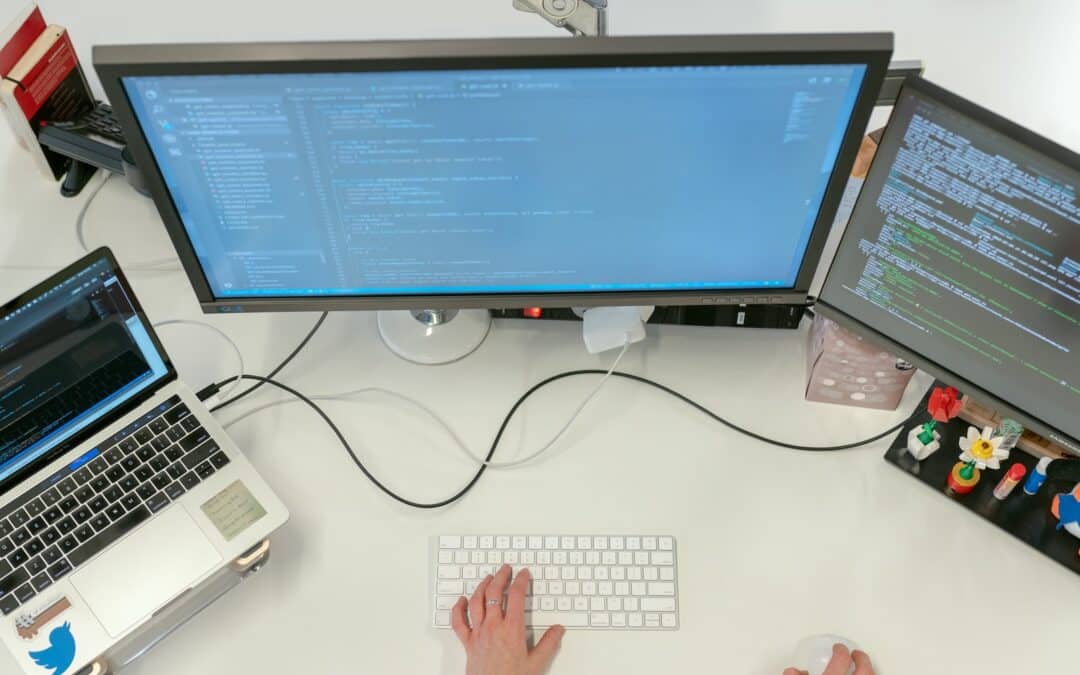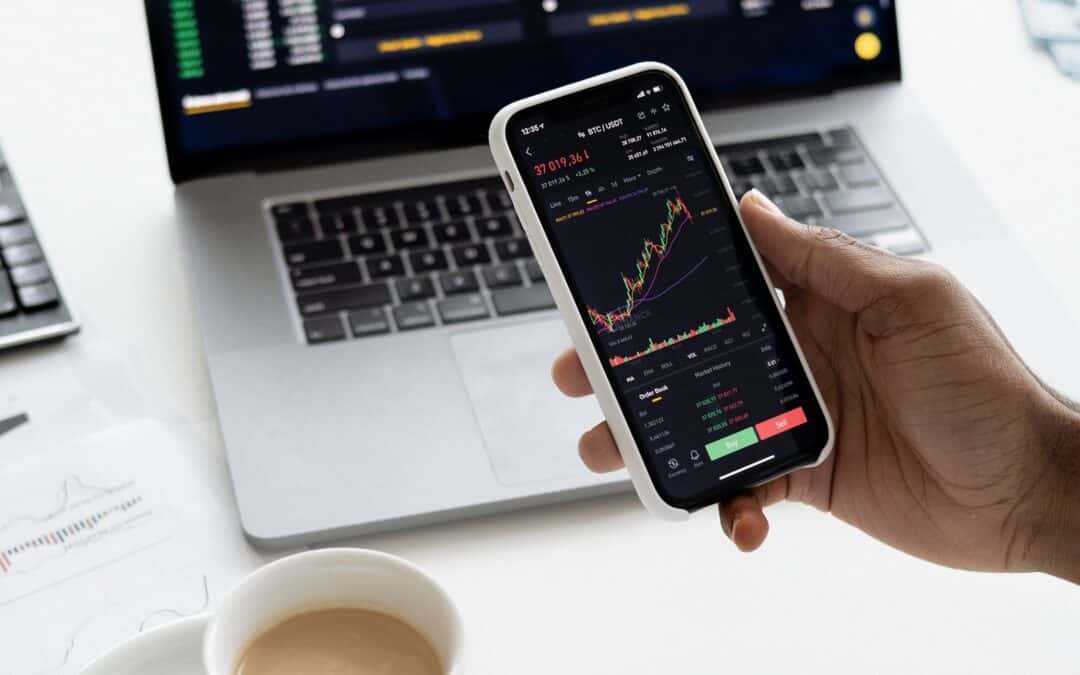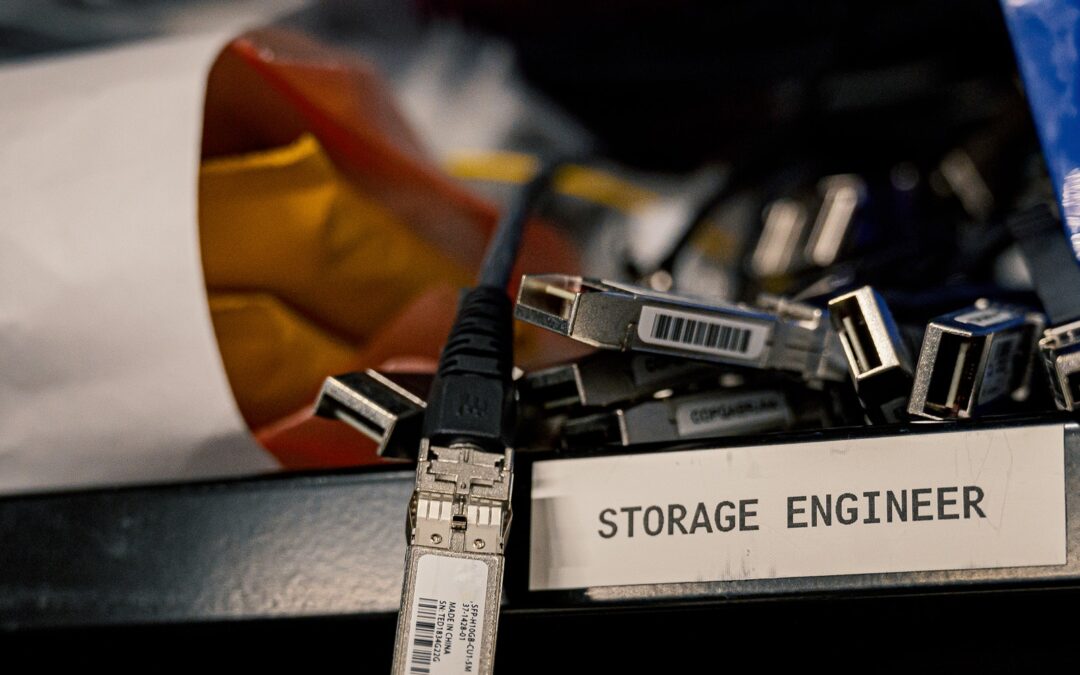We live in a time of constant cyber attacks. They happen all the time to companies that don’t work with a security-focused software engineering company. Cyber attacks are calculated attempts by various actors such as individuals, small groups, or organizations to steal data, corrupt networks, systems, or damage multiple tech equipment of other individuals or organizations.
Cyber attacks on information and data theft can be both external and internal. External attacks occur when an attacker targets information from outside of the informational system; for example, internal attacks happen when a company’s staff member steals and uses protected data for personal gain. Moreover, external hackers gain valuable data through devices, video communication, online messages, and even by analyzing data stored in trash bins.
How Do Hackers Get to Confidential Data?
There are numerous ways that hackers gain access to private information. Frequently, they use programs such as OpenBullet, Form-grabber, Keylogger, and others to steal passwords and other data to access millions of personal accounts.
A ransomware attack is another technique that hackers use to get to the victim’s data. In this scenario, the user downloads what appears to be a particular program. The program blocks the user from accessing his files or devices. The user is then asked to pay money to restore access.
Hackers may also resort to phishing to get to someone’s private information. With phishing, users get personal communication in the form of emails or text messages that encourage individuals to reveal their credit card numbers or passwords to different accounts.
To gain access to confidential information, cybercriminals may also resort to social engineering. This criminal activity involves the manipulation of the human mind and the human tendency to trust others. More specifically, cybercriminals communicate directly, build trust with potential victims, and eventually obtain the information they want.
Mega Cyber Attacks
It is believed that the modern history of cyberattacks began with Allen Scherr, a student at MIT in the 1960s. In 1962, MIT set up computers to share between students for a limited number of hours. To use a computer and for privacy, each student had to log in using a password. Scherr conducted the first cybercrime when he made punch cards to force the computer to print off other users’ passwords. Once Sherr’s use time ran out, he used other students’ passwords to login into the computers and to continue working.
Today’s cyberattacks are much more significant in scale. It is well-known that “mega-leaks” occur several times a year. “Mega-leaks” are those events when confidential information of millions of users is released into the public domain. “Mega-leaks” are extremely dangerous. They are disruptive to the lives of individual users and may easily cause severe financial and reputational losses for companies.
In 2018, for instance, Uber paid $148 million for a data breach. Specifically, in 2016, hackers attacked the Uber system and stole the personal data of 57 million Uber users and the company’s drivers. Instead of reporting this cybercrime, the company tried to cover up an attack by simply paying hackers. Uber’s actions were later exposed, costing the company millions of dollars.
In 2019 we witnessed another mega hack that involved a bank, Capital One, and millions of its clients. A hacker broke into the bank’s server and gained over 100 million bank customers, including their accounts, credit balances, social security numbers, and credit card applications. As a penalty for its disastrous job with cybersecurity, Capitol One was fined to pay a penalty of $80 million to the United States Treasury Department.
There are numerous cases of different types of cybercrimes. The Center for Strategic & International Studies (CSIS), for example, tracked over 500 cyber attacks on government agencies and private companies over the past 15 years. These attacks have had a significant impact on the entities involved, leading to a financial crisis due to the monetary losses they caused.
Good Software Engineering Companies Don’t Ignore Data Security
The number of cyberattacks grows annually because of the profit they bring. Stolen data, such as medical or banking information, can be easily altered and is often used for scamming and blackmailing purposes. Cybercrime has turned into a huge big business where stolen information costs hundreds of thousands of dollars.
Work With a Security-Focused Software Engineering Company
Businesses must take timely and effective measures to protect the confidential information of their consumers. Companies must always conduct data risk assessments and use the latest technologies and software to minimize data theft. Providing training and maintaining control over the company’s staff is equally essential for cybersecurity. Businesses have to make sure that their staff fully understands the significance of data privacy. They also must know who has access to what data and what the team does with customers’ information daily.
Suppose companies are not equipped to deal with cyber-attacks and data security on their own. In that case, they should consider partnering with third-party vendors to provide the best cybersecurity solutions to meet the businesses’ needs. At Precision Code Studios, we take the issue of data security very seriously. We invite your business to work with our software engineering company to ensure that your data are always protected with our solutions. Our services include delivering regular risk assessments, training your employees, and installing the latest antivirus and anti-malware software.









